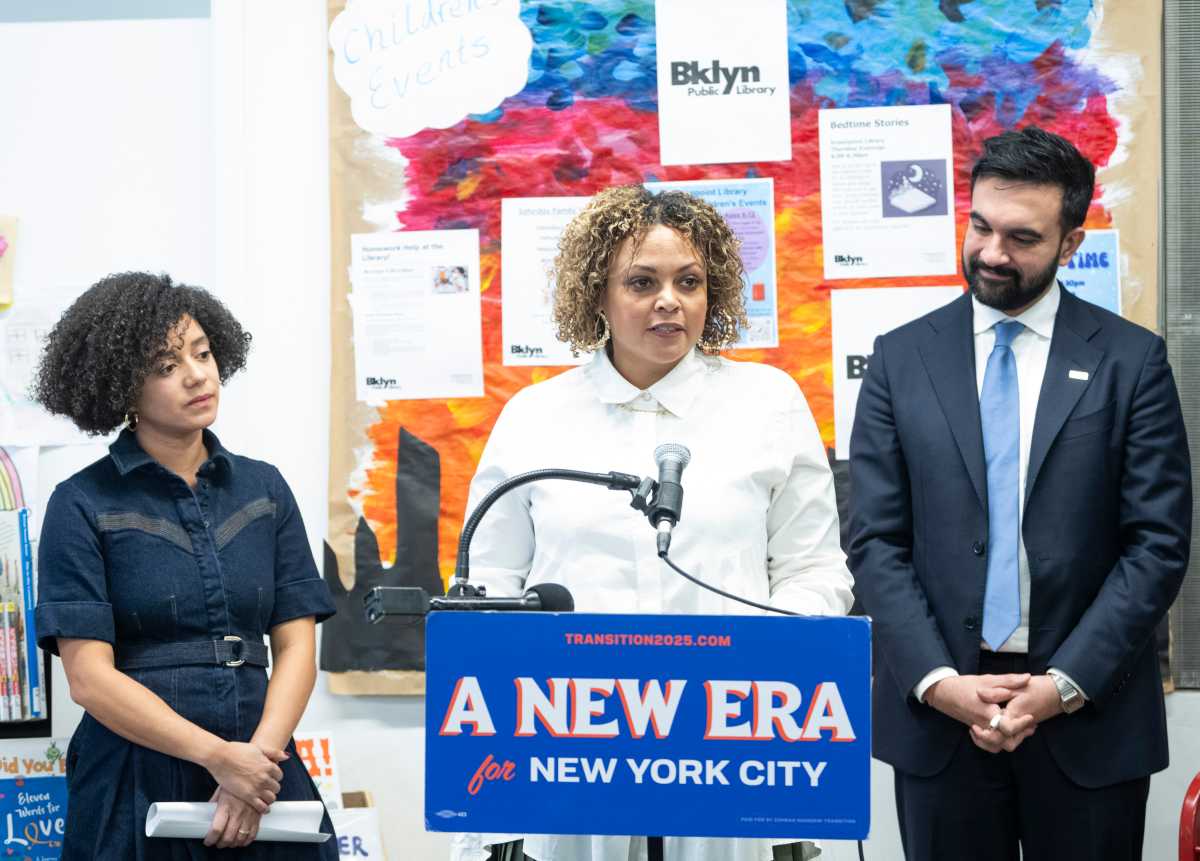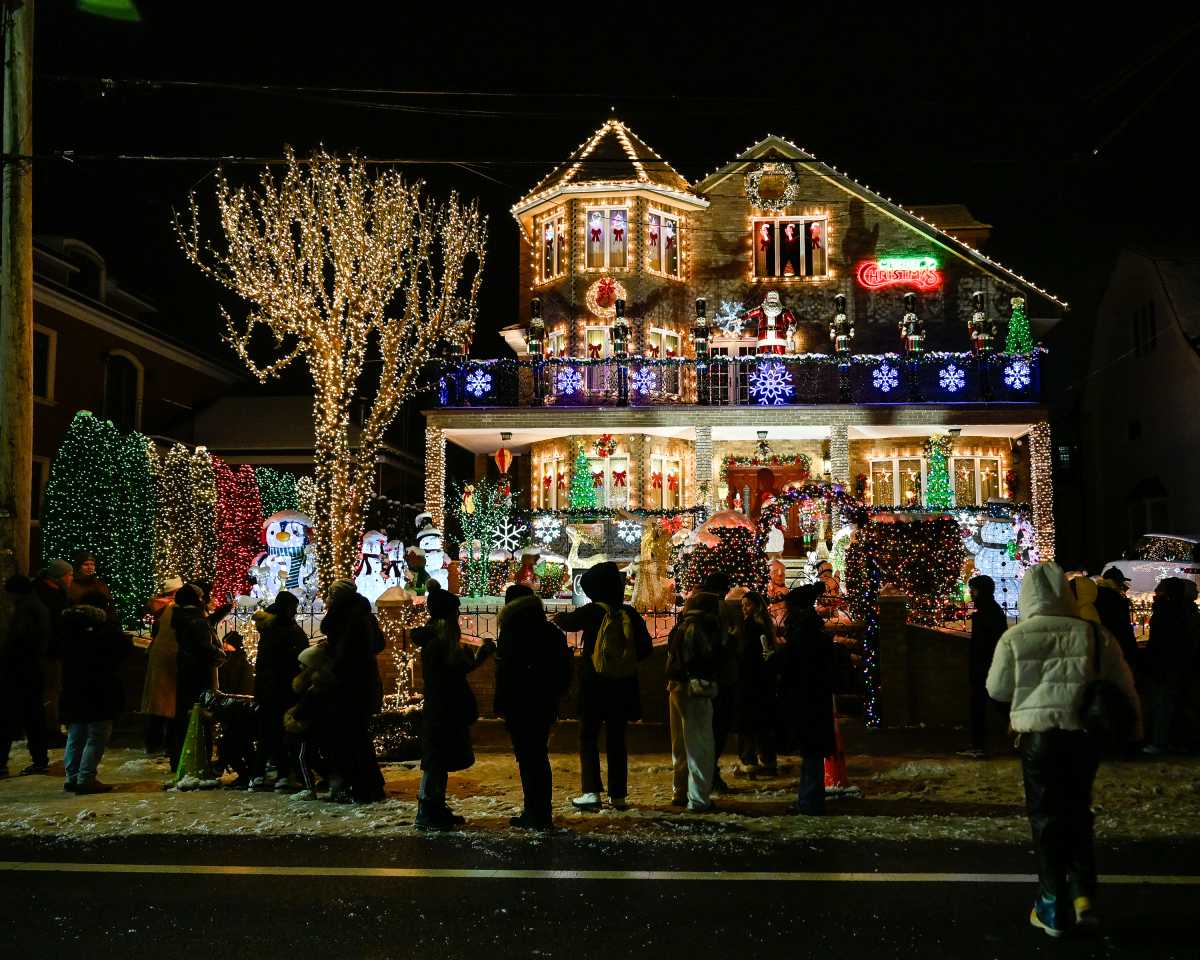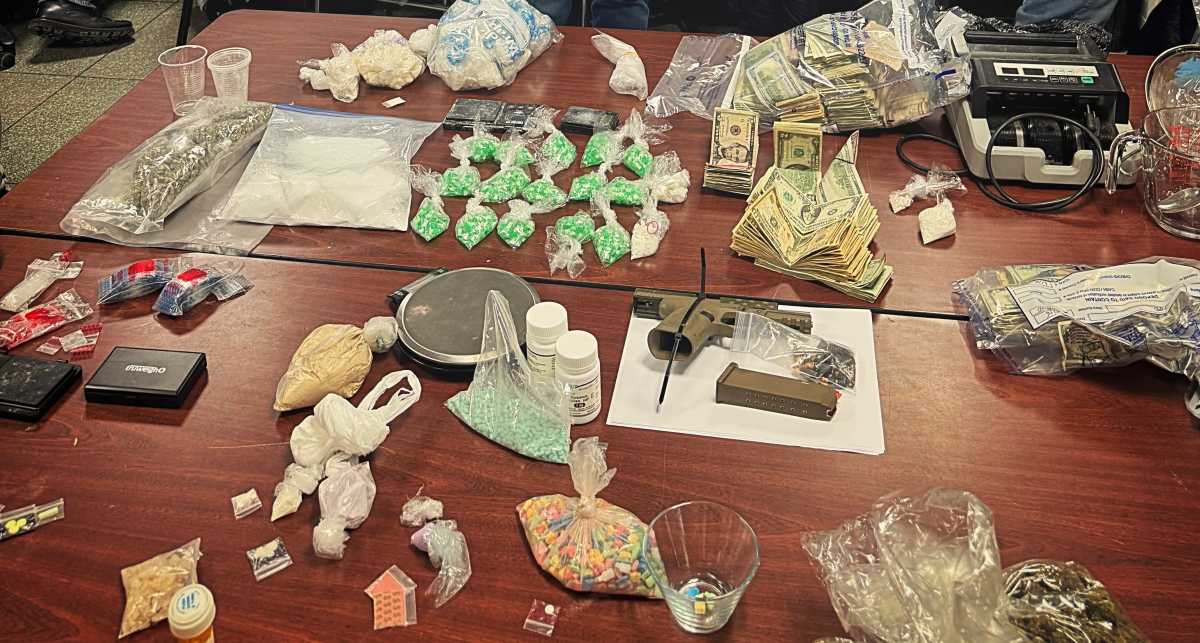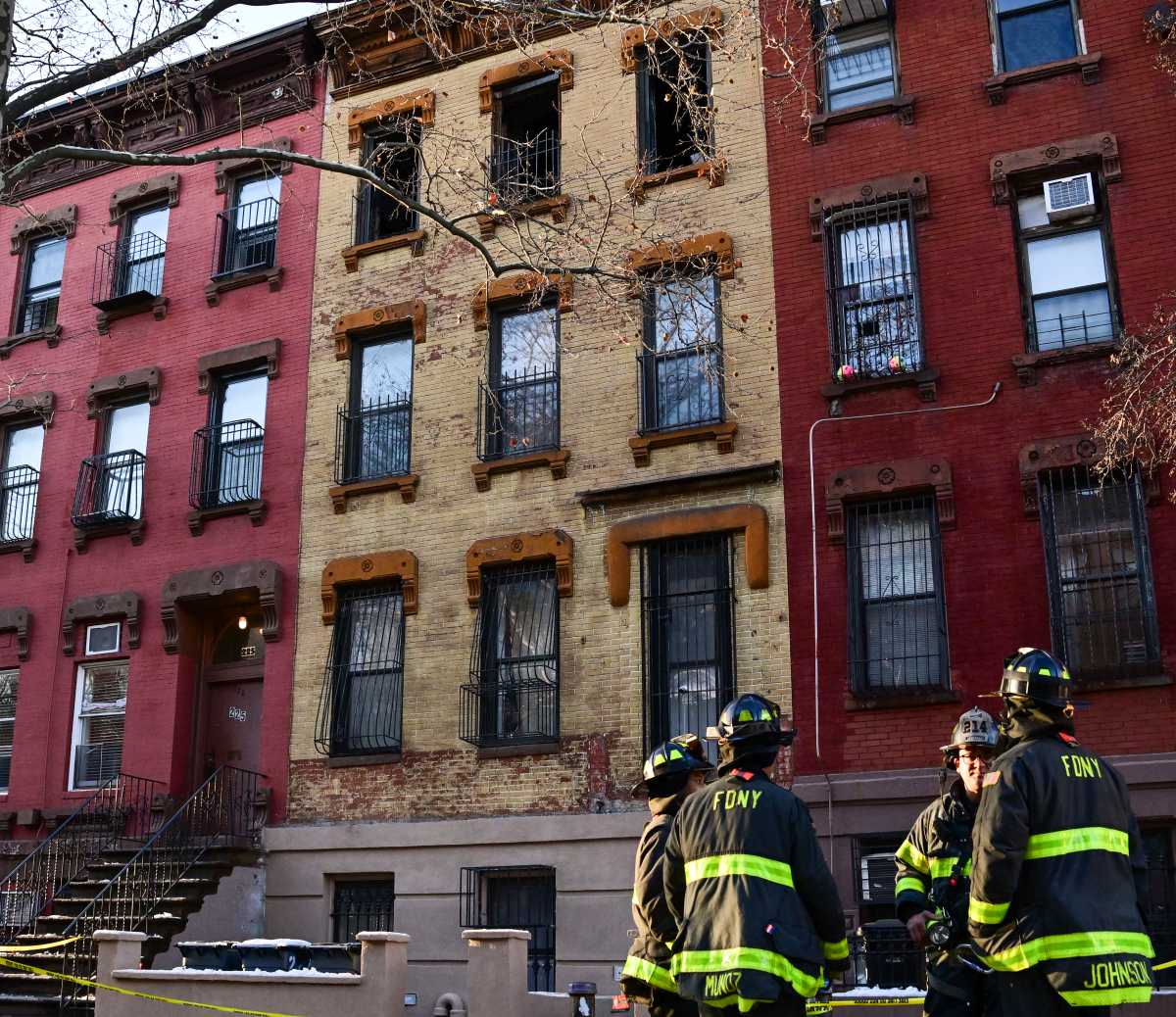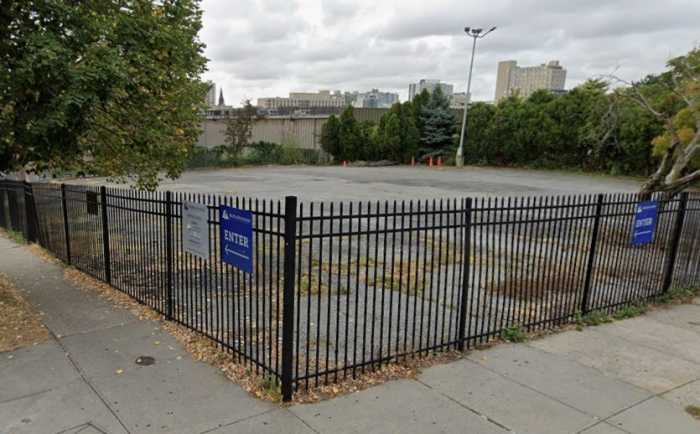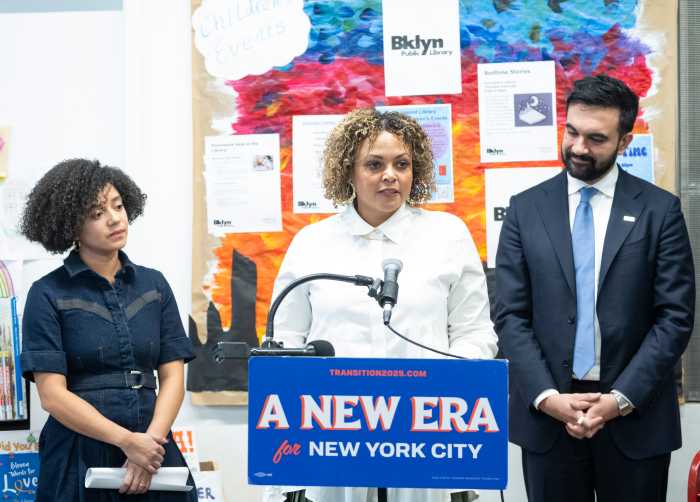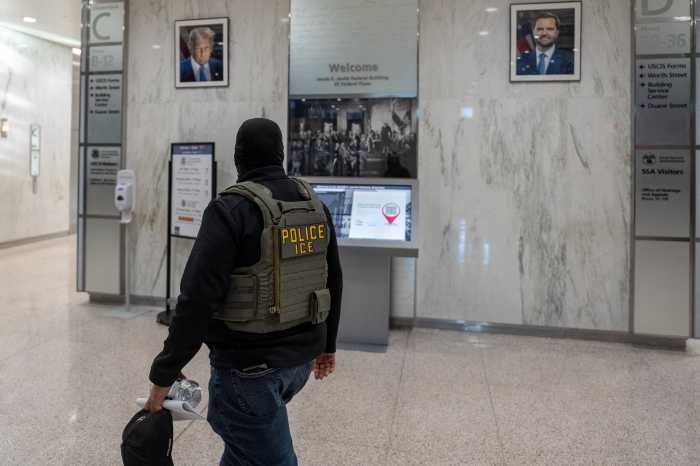NYC buses are hotspots for fare evasion as the MTA continues efforts to eradicate the scourge that has resulted in millions of dollars lost throughout the public transit system.
amNewYork scoped out two bus routes in Queens for about 45 minutes on May 10 and witnessed half a dozen passengers skipping the $2.90 fare, choosing to treat themselves to an illegal free ride while other passengers paid their fair share.
Eight people boarded two back-to-back Q53 buses at 62nd Street and Roosevelt Avenue, but only two paid the fare.
Getting on the bus for free appeared to be easy for the passengers. In one instance, on the Q53, the bus operator exited the bus to direct passengers because other vehicles were blocking the bus stop. As the driver directed the passengers, several simply walked on and avoided swiping or scanning.
When the next Q53 arrived, four passengers boarded through the back doors, and two did not pay.
Things were different on the Q32 bus. All 10 passengers waiting to board two consecutive Q32 buses at 61st Street and Roosevelt Avenue paid their fare.
Fare evasion is ‘a domino effect’

Meanwhile, on Staten Island, a local bus operator who asked to remain anonymous told amNewYork that most passengers do not pay to get on his local bus.
“It’s crazy how bad Staten Island is with the fare beaters on buses,” he shared. “It’s a domino effect. When one doesn’t pay, the person behind them doesn’t, either.”
While subway fare evasion gets most of the spotlight, buses are suffering, too, according to the MTA, which runs the city’s public transit system. In 2022, the agency said it lost an estimated $315 million to fare evasion on buses.
Typically, riders avoid the fare by walking past the farebox without paying, boarding through a back door, short-changing the farebox, or failing to purchase a ticket for Select Bus Service.

Bus fare evasion appears to have only gotten worse since the COVID-19 pandemic, when fares were effectively eliminated for months in 2020. At one point, front-door boarding was even eliminated in an attempt to protect bus drivers from contracting the virus.
How the MTA is battling fare evasion
The MTA’s approach to stopping fare evasion has been multifaceted. On trains, the agency installed additions to turnstiles that make it harder for fare evaders to commit theft.
Gov. Kathy Hochul and MTA officials also announced on April 28 plans to install new delayed emergency exit portals at more than 150 subway stations. Known as “delayed egress gates,” the doors operate on a 15-second delay before opening to discourage passengers from beating the fare by entering an emergency door opened from inside the station.
But fare evasion on buses has been getting the human touch. EAGLE Teams, comprised mostly of retired law enforcement officers, often board buses to enforce payment. Many are also stationed at bus hubs where multiple bus lines converge. The MTA said paid boardings have increased by 7% at EAGLE intervention stops, and the overall rate of bus fare evasion has fallen for three consecutive quarters.
EAGLE teams are deployed at around 140 locations each week.
“It is without question a visible deployment designed to get people’s attention,” said Demetrius Crichlow, president of NYC Transit, said. “We developed a plan to address bus fare evasion, and it has gone down every quarter that I’ve been in this role. There’s more work to do, no question, but I’m encouraged by the progress we’ve seen since last summer.”

Meanwhile, bus operators’ hands are tied. While many are furious that passengers do not pay, confronting them could be risky.
“They tell us our job is to drive the bus safely and not to worry about the fare due to the assaults on bus operators,” the anonymous bus driver told amNewYork. “It’s sad. You see people all dressed for work, and then skipping the fare.”
Attacks on bus drivers and passengers are real and common. In fact, transit unions are calling for bulletproof compartments on buses that encapsulate drivers to keep them safe from shootings and other assaults.
Just over a month ago, on April 1, a passenger allegedly slugged an on-duty MTA bus driver in the Bronx, leaving him with pain and swelling in the face.
More recently, on May 8, a passenger was grazed by a stray bullet as she approached an M10 bus in upper Manhattan. According to an article in the Daily News, the alleged shooter was riding the bus and exited at the next stop where the woman was waiting to board.

Alexander Kemp, administrative vice president of the Transport Workers Union Local 100, explained that NYC has a decades-old policy that requires bus operators to enforce the fare, but it “went by the wayside,” he explained, after Edwin Thomas, an MTA bus driver, was horrifically stabbed to death while on duty in 2008.
“Since then, it has become more dangerous for any bus operator to enforce the fare because there is no more front-facing position in transit than the bus operator,” he said. “And the most unprotected position is the bus operator.”


















